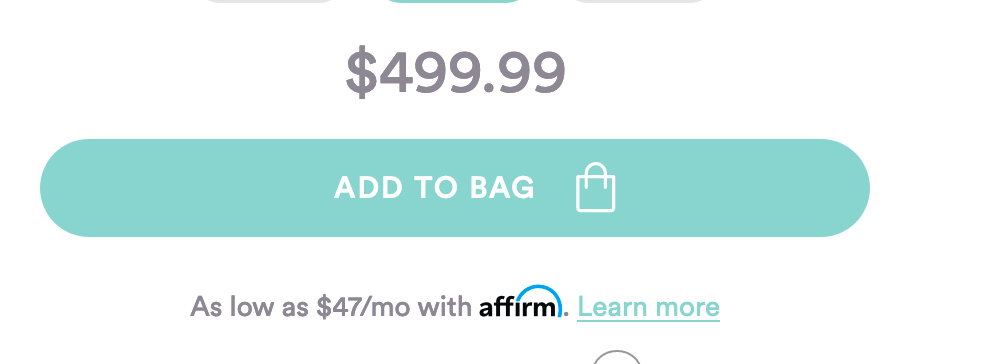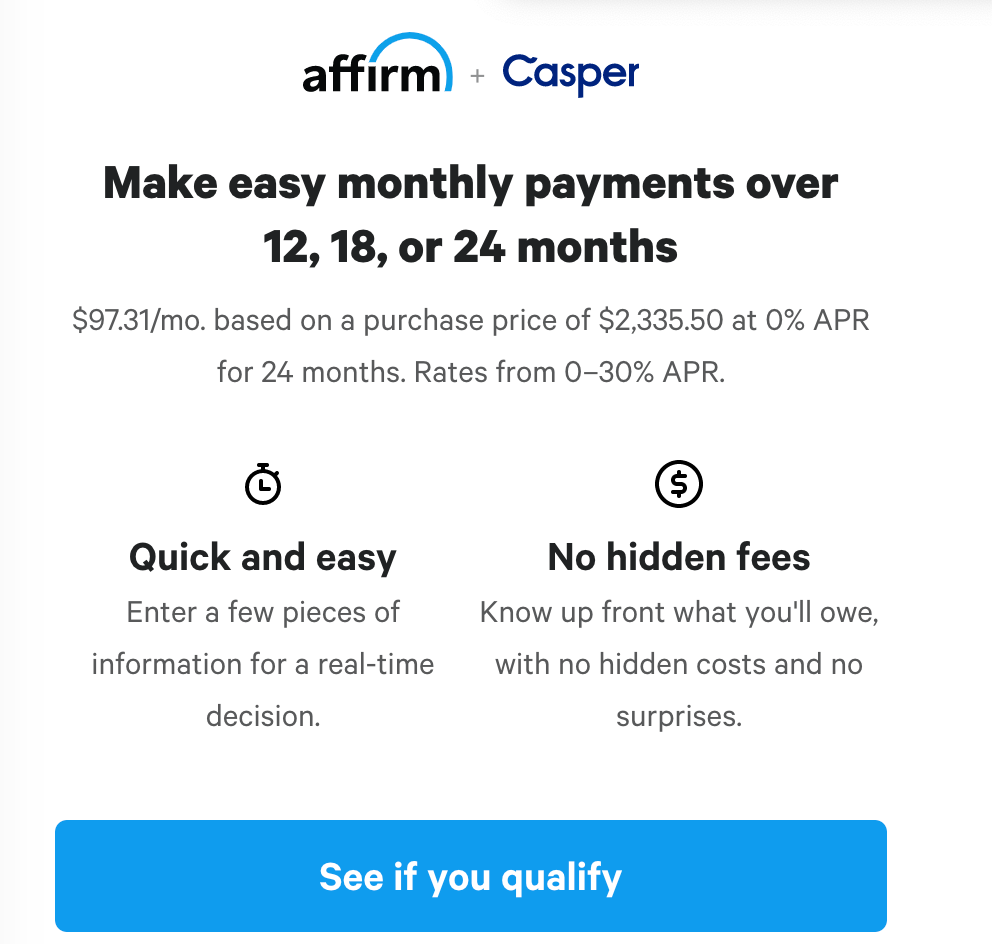
Artwork: Paul Cezanne, The Card Players, 1890
I wouldn’t wish having a newborn on my worst enemy. However, one of the really nice benefits is that you get to buy baby paraphernalia. For example, you can buy towels that have ears on them to make your baby look like a bear after a bath. Onesies that have avocados wearing pajamas. Pink and orange spoons. Everything is very colorful, cute, full of optimism, and available in 24 hours (well, longer now) from Uncle Jeff’s Everything Store.
Then, there are the gadgets. Since I had my first baby five years ago, a lot of new baby tech has come on the market. For example, there is the Snoo. And, one day last year (in the Before Time) while sleep deprived with my second and browsing baby supplies, I found myself eyeing the Willow.
The Willow is a super fancy breast pump that is cordless and wirefree. If you’ve ever had to be tied to a pump for hours every single day of your life until your baby is weaned, you understand that the functionality I’m talking about here is the emotional equivalent of the scene in Shawshank Redemption where Tim Robbins breaks out and stands freely in the rain.
I ended up not buying it because, as a Eastern European, I’m afraid of too much freedom, but as my finger was hovering on the trigger, I saw something interesting by the purchase icon:

What was Affirm? And why break the price out into monthly payments?
Over the next few months, I saw Affirm again and again on sites of hipper, luxury-lite products like Casper Mattresses, Purple Mattresses, Yeti Coolers, and even stalwart brands like WalMart. My spidey sense started tingling.

Affirm Mattresses
Turns out, Affirm is a pretty large player (It’s raised $1 billion to date.) in something called the ‘buy now, pay later’ market. BNPL (of course it has an acronym) is like a high-interest credit card for people who can’t pay it, and like a 0% interest one for people who can,
Called point-of-sale loans, these financing options allow customers to buy products online now and pay later, typically over monthly installments. These loans aren’t new, but recently they have been spreading to more and more retailer websites, where they’re touted as lower-interest alternatives to credit cards.
With Affirm, which is used by retailers like Peloton, Warby Parker, Casper and Wayfair, you make monthly payments for three, six or 12 months, or sometimes longer, depending on the retailer. (Peloton’s payment schedule is $58 a month for 39 months for the most basic package.) About one-third of all Affirm loans are taken out at 0%, the company confirmed to CNBC Make It, and interest rates can run up to 30%.
The way these work is that each Affirm payment is considered to be a separate loan. Here's how an Affirm employee describes Affirm, for example::
Affirm is different from credit cards in four major ways:
Simplicity: Our user experience is mobile optimized and only asks users for five pieces of information to make a credit decision in real time.
Transparency: Affirm shows consumers up front—before even accepting the loan—what the total purchase cost will be, including the total interest amount.
Predictability: Affirm doesn’t charge any late, penalty, or annual fees which could add to the principal balance, and therefore complicate interest costs.
Control: Unlike credit cards, Affirm’s app and point-of-sale loans are not a revolving line of credit. Instead, we approve customers only for the amount they’re looking to purchase—on their terms. They can select to pay over 3, 6, or 12 months. And there’s no penalty for paying it off early.
Credit cards, on the other hand, can be confusing and complex when determining interest and total cost on a single purchase. Especially if it charges compounding interest.
There is a whole bunch going on here, but basically, Affirm is not essentially different from a credit card, only in that it offers you credit for a single purchase rather than a month’s worth of purchases. Therefore, the risk for Affirm is smaller, and the upside is, just like with credit cards, that people who can’t afford payments and have to pay enormous interest. And, from the other side, vendors pay Affirm for the ability to create managed micro-loans.
BNPL is not a new idea, but it’s been re-packaged for younger audiences who spend much more of their time tuned into purchasing durable goods they hear about during podcast ads.

The “sweet spot” that the newer BNPL providers,such as Afterpay and Zip,have found is to deliver digital, mobile optimised, fast approval, small amount and easy to use (both online and at POS) finance that can be quickly repaid to a (generally) younger market.Combine these features with a youth market having little credit history, who are eschewing credit cards (as they prefer to use their own funds via a debit card), low interest rates and a benign credit market, and you have a perfect match.And what a match,with industry sources suggesting that the BNPL market grew 250% in 20181and that the number of users has grown by more than 5 times in the past 2 years.
Affirm was not the only entrant in the BNLP market, which, for some reason that I didn’t investigate but that very likely has to do with tax structures, includes a ton of Australian companies.
Around the same time as I was trying to understand this market, Marieke sent me a message, “Do you know anything about Afterpay? I’ve seen them around on sites like Ogee”, where you can buy products such as Jojoba Glow Face oil for $64 , or in monthly payments.

I was pretty floored when I realized what Affirm and its cohort had done: it had started offering credit cards as a microservice. It refreshed the old pay-later business model and essentially taken some of the risk out of a monthly credit card payment, with all the relevant additional service fees, both from the side of merchants signed up to the platform, and for buyers.
Cash Me Outside After 4-8 Easy Installments
Affirm, of course, turned out to be an A16Z company, run by Max Levchin, who was the co-founder (along with completely normal business human Peter Thiel) of PayPal. Levchin has an extremely impressive resume and now a ton of money. And, he was able to leverage that into this new thing, which for some reason has mostly flown under the radar of tech press (or at least under my radar), which is interesting, because a lot of the companies that are getting tech attention, such as Casper, Peloton, ThredUp, and others, are using the platform.
With his enormous connections both in and out of Silicon Valley, Levchin also was invited to be part of a Consumer Financial Protection Bureau Consumer Advisory Board back in 2015, and I’ll let you extrapolate what that means when their annual report said that the board,
has been advising the Bureau on strategies to ensure that there are positive synergies between innovation and consumer protection.
To be fair, a lot of larger companies, such as Dyson, iRobot, and Expedia, are also using either Affirm or Afterpay. But it’s interesting to me that many people only learned about the payment options after looking at fancy, high-end-ish startup products, as laid out in this Reddit thread.
For my friend who has no credit this was the only way they could buy a new mattress through Casper. Though the payments were only over 6 months.
So not only is Affirm SaaS for credit cards, but it’s also playing very much in the space of high-tech consumer products that are attractive to younger buyers tuned into luxury markets which initially started as start-ups funded by venture capital.
Take, for example, mattresses. There are a million mattress startups, and many of them use Affirm as a payment option. So here you have a credit cart-like scheme on top of mattress startups which are, themselves are basically pyramid schemes that subsidize the customers who want to return mattresses. Because they have enormously lax return policies (to get you to commit to buying a mattress sight unseen), they are basically paying Salvation Army and 1-800-Got-Junk to haul away mattresses that customers don’t like.
Of course, Casper did resemble a tech startup in one way: its losses. Casper lost money in every quarter it disclosed results for in its IPO prospectus. In the first three quarters of 2019, Casper lost $67 million on $312 million in revenue. It spent $114 million on sales and marketing. From the first three months of 2018 to the same period in 2019, Casper’s sales and marketing expenses grew faster in percentage terms than its revenue.
So this is kind of how I imagine that this entire marketplace works, if you look at it as a system, (and you know I love looking at stuff this way):

in the VC-funded product space, which means, essentially, A16Z funding is subsidizing all of the other startups in the space which maybe shouldn’t exist. Personally, I’d want to be either A16Z or 1-800-GOT-Junk here. Or San Francisco corporate real estate leasors. (Although maybe not anymore?)
What’s next?
In theory, this market should have imploded. But of course, COVID happened, and BNPL is set to only continue to grow in popularity as, sadly, more people need to look at paying for things on a monthly basis.
Affirm is already ramping up the messaging around this.


You know, tt’s great to see that some companies are making out well in the crisis since our economy is completely hosed. But, man, does it have to be this group of companies against this group of consumers?
What I’m reading now
The Newsletter:
This newsletter’s M.O. is takes on tech news that are rooted in humanism, nuance, context, rationality, and a little fun. It goes out once a week to free subscribers, and once more to paid subscribers. If you like it, forward it to friends and tell them to subscribe!
The Author:
I’m a data scientist. Most of my free time is spent wrangling a preschooler and a baby, reading, and writing bad tweets. Find out more here or follow me on Twitter.




“(along with completely normal business human Peter Thiel)“
i lol’d
Amazing article! As usual.